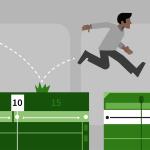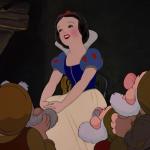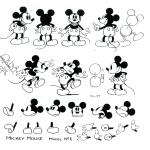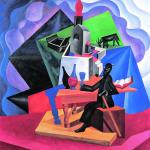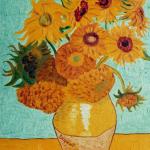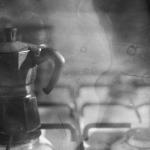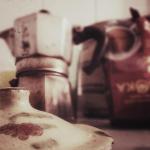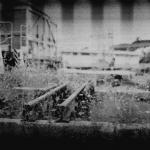(Automatic intercalation of keyframes)
It arises from traditional animation techniques previoulsy explained : An object is drawn oversized compared to the area to be displayed, and then, on each frame is moved slightly and photographed.
Or, an object can be drawn on a transparent background, placed on a painted bigger background, and moved gradually.
